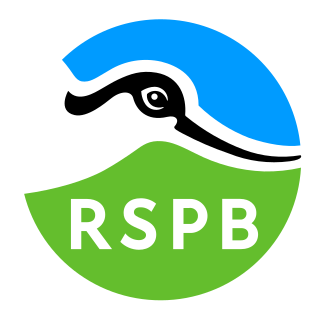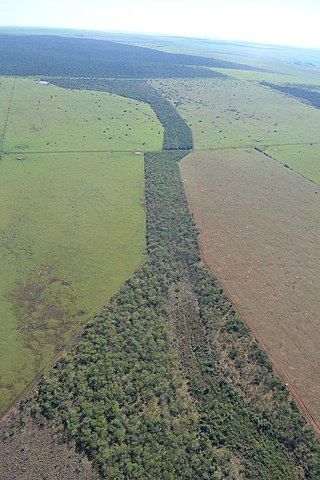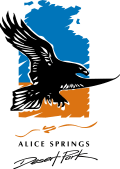
The Royal Society for the Protection of Birds (RSPB) is a charitable organisation registered in England and Wales and in Scotland. It was founded in 1889. It works to promote conservation and protection of birds and the wider environment through public awareness campaigns, petitions and through the operation of nature reserves throughout the United Kingdom.

Fritillaria meleagris is a Eurasian species of flowering plant in the lily family Liliaceae. Its common names include snake's head fritillary, snake's head, chess flower, frog-cup, guinea-hen flower, guinea flower, leper lily, Lazarus bell, chequered lily, chequered daffodil, drooping tulip or, in the British Isles, simply fritillary. The plant is a bulbous perennial native to the flood river plains of Europe where it grows in abundance.

The natterjack toad is a toad native to sandy and heathland areas of Europe. Adults are 60–70 mm in length, and are distinguished from common toads by a yellow line down the middle of the back and parallel paratoid glands. They have relatively short legs, which gives them a distinctive gait, contrasting with the hopping movement of many other toad species.

Durham Wildlife Trust is a registered charity that was established in 1971, originally as the Durham County Conservation Trust, becoming Durham Wildlife Trust in 1988. The Trust operates across the area of the old County Durham, which includes Darlington, Gateshead, South Tyneside and Sunderland.

The National Wildlife Federation (NWF) is the United States' largest private, nonprofit conservation education and advocacy organization, with over six million members and supporters, and 51 state and territorial affiliated organizations (including Puerto Rico and the Virgin Islands).

Northumberland Wildlife Trust was established in 1971 to help conserve and protect the wildlife of Northumberland, Newcastle upon Tyne and North Tyneside in the UK. The Trust is a charity, and a member of The Wildlife Trusts partnership.
The Lancashire Wildlife Trust or Wildlife Trust for Lancashire, Manchester and North Merseyside is a wildlife trust covering the county of Lancashire and parts of Greater Manchester and Merseyside in England.

Plantlife is a wild plant conservation charity. As of 2023, it manages 24 nature reserves around the United Kingdom. HM King Charles III is patron of the charity.
ARKive was a global initiative with the mission of "promoting the conservation of the world's threatened species, through the power of wildlife imagery", which it did by locating and gathering films, photographs and audio recordings of the world's species into a centralised digital archive. Its priority was the completion of audio-visual profiles for the c. 17,000 species on the IUCN Red List of Threatened Species.

Butterfly Conservation (BC) is a UK-wide nonprofit environmentalist organization and charity dedicated to conserving butterflies, moths, and the environment. The charity uses its research to provide advice on how to conserve and restore butterfly and moth habitats and it runs projects to protect more than 100 threatened species of Lepidoptera. Butterfly Conservation is also involved in conserving hundreds of sites and reserves for butterflies and moths throughout the UK.

A wildlife corridor, habitat corridor, or green corridor is an area of habitat connecting wildlife populations separated by human activities or structures. This allows an exchange of individuals between populations, which may help prevent the negative effects of inbreeding, and reduced genetic diversity that often occur within isolated populations. Corridors may also help facilitate the re-establishment of populations that have been reduced or eliminated due to random events. This may potentially moderate some of the worst effects of habitat fragmentation, whereas in urbanization can split up habitat areas, causing animals to lose both their natural habitat and the ability to move between regions to access resources. Habitat fragmentation due to human development is an ever-increasing threat to biodiversity, and habitat corridors serve to manage its effects.

Newquay Zoo is a zoological garden located within Trenance Leisure Park in Newquay, England. The zoo was opened in Cornwall on Whit Monday, 26 May 1969 by the local council. It was privately owned by Mike Thomas and Roger Martin from 1993 until 2003. In August 2003 Stewart Muir became the new Director and the zoo became part of the Whitley Wildlife Conservation Trust, alongside Paignton Zoo and Living Coasts. The zoo is part of a registered charity, and was awarded various South West and Cornwall 'Visitor Attraction of The Year' and 'Sustainable Tourism' awards for excellence in 2006, 2007 and 2008. Newquay Zoo is now run as part of the Wild Planet Trust, the new name for the Whitley Wildlife Conservation Trust.
The Canadian Wildlife Federation (CWF) is a Canadian non-profit organization dedicated to wildlife conservation.

The Alice Springs Desert Park is an environmental education facility and wildlife park in Alice Springs in the Northern Territory of Australia.
Hampton Nature Reserve, to the south of Peterborough, England is home to Europe's largest population of great crested newts.

Ruskin Park is a park in the London Borough of Lambeth, London, England, close to Camberwell, Loughborough Junction and Herne Hill.
Aitken State Forest covers 918 acres (3.72 km2) in Mendon, Vermont in Rutland County. The forest is managed by the Vermont Department of Forests, Parks, and Recreation for timber resources, wildlife habitat, and recreational activities.

The Department of Biodiversity, Conservation and Attractions (DBCA) is the Western Australian government department responsible for managing lands and waters described in the Conservation and Land Management Act 1984, the Rottnest Island Authority Act 1987, the Swan and Canning Rivers Management Act 2006, the Botanic Gardens and Parks Authority Act 1998, and the Zoological Parks Authority Act 2001, and implementing the state's conservation and environment legislation and regulations. The Department reports to the Minister for Environment and the Minister for Tourism.

The Irish Bee Conservation Project is a charitable organisation in Ireland that seeks to conserve all native Irish bee species. It has four "pillars of support" in its work: providing habitats, increasing biodiversity, holding education events and performing research into the decline of bee species. Species of bee in Ireland include the honeybee, 21 species of bumblebee and 78 species of solitary bee.













